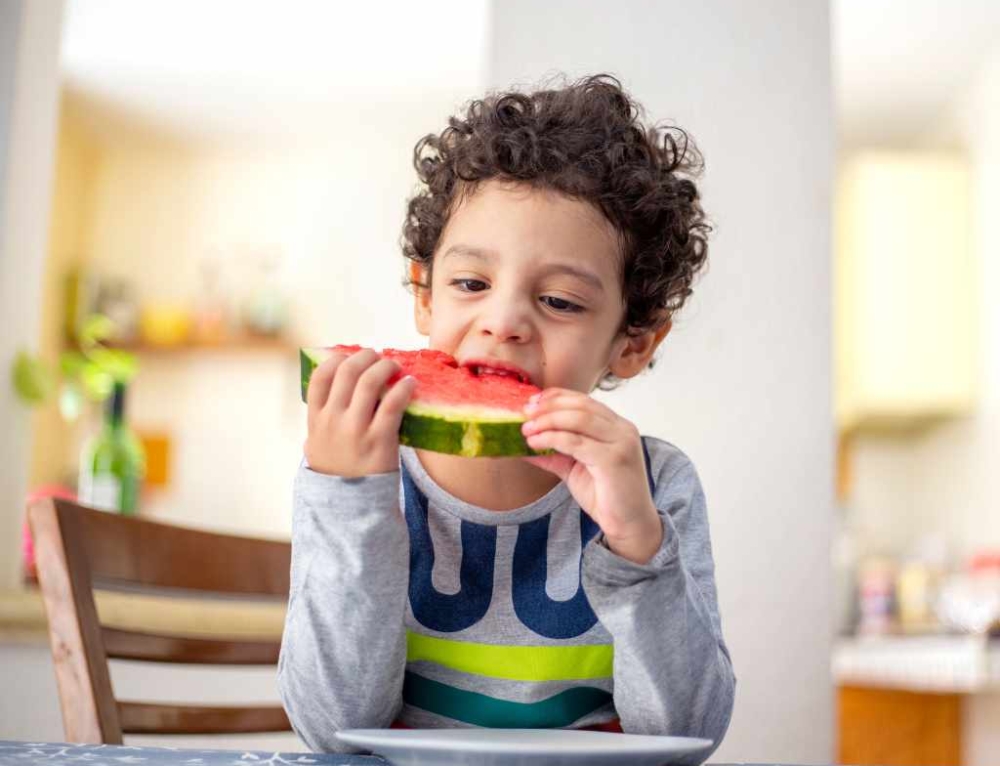In this period of learning to spell children are moving from the phonetic (how words sound) method of spelling into the transitional stage of development. This stage is characterised by the milestones of editing and increasingly automatic spelling.
Your child’s confidence should have been building slowly and as your child approaches this age they begin to draw on a range of strategies for spelling.
A 9-10 year old is continuing to develop visual memory
Children never replace the strategy of using their visual memory when spelling. Instead a child strengthens their visual memory and continues to use strategies such as LOOK, SAY, COVER, WRITE, CHECK.
A 9-10 year old is spelling with improved accuracy
Spelling is becoming increasingly automatic and less laborious. It is this age that the “light comes on” for children and their spelling seems to suddenly improve. Research has shown that this improved spelling can be linked to improved reading and a growing vocabulary which supports children’s attempts. Your child may feel more confident and less frustrated as they reach this milestone.
A 9-10 year old is forming compound words
Compound words are words made from two smaller words joined together for example everywhere or something. This forming of compound skills is a developmental milestone which is arrived at before moving on to learn about the morphological elements of spelling (how words change form).
A 9-10 year old is spelling words made of many syllables
Now that your child can identify the syllables in words they will attempt to spell increasingly complex words. Children continue to break words into parts and spell each syllable, matching their knowledge of how letters sound to their visual memory of how letter combinations look.
A 9-10 year old will develop personal spelling lists for their writing
Children at this age will know which topics include words they find difficult to spell as well as being able to identify ‘tricky’ words or words which do not follow English spelling rules. These words should become part of a personal spelling bank to allow for practice and easy reference for editing.
A 9-10 year old can apply spelling rules
Children at this age will learn spelling rules for tense and plurals. Children will be able to change ‘y’ to ‘l’ and add ‘es’ example family – families. They will also be able to double the consonants after a vowel when adding ‘ing’ example run-running.
9-10 year olds have developed a range of editing skills
Children should have been explicitly taught and shown how to edit their writing. Strategies used by children who have reached this milestone include looking for patterns in words, thinking about what a word means, searching for words within words and thinking about words that look the same as the new word. Finally children will have learnt to write a vowel in each word and in each syllable.
Important
The purpose of spelling is to make meaning in a way which is easily understood by others. By this age your child should be confidently integrating a range of strategies for this to occur, allowing them to effectively express their ideas in writing.
This article was written by Michelle Barrington for Kidspot, New Zealand’s leading education resource for parents. Michelle is a teacher and mother who blogs at Gee, You’re Brave.







Leave A Comment
You must be logged in to post a comment.